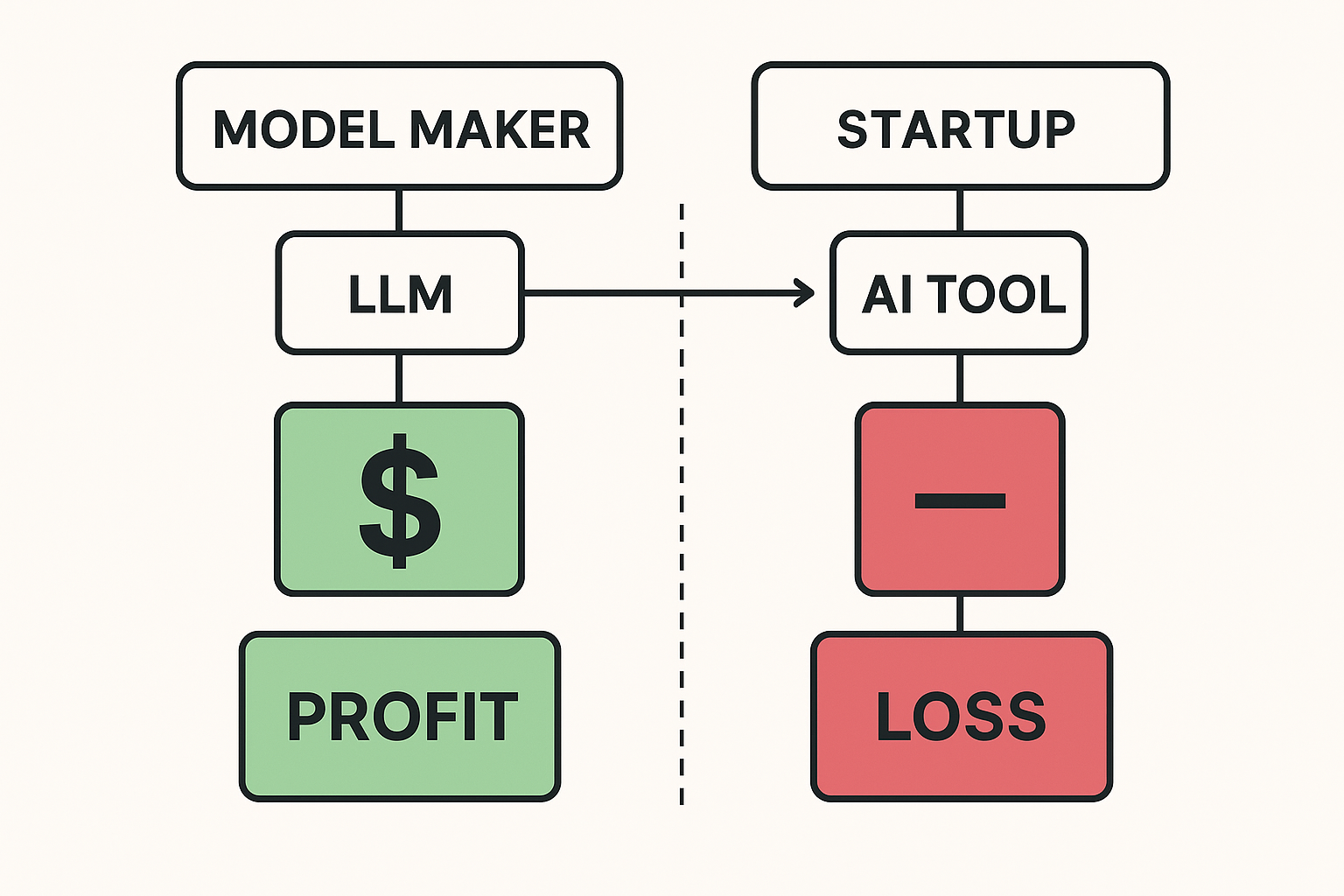The Paradox of AI Coding Tools | 매거진에 참여하세요
The Paradox of AI Coding Tools
#AIcoding #Tools #Paradox #Profitable #Reasoning #Model #Costs #Latest #Specialize
Built to Succeed, Doomed to Fail
In the first half of 2025, AI coding tools became one of the hottest markets in tech.
Cursor, Windsurf, Replit, Claude Code, GitHub Copilot,names every developer has at least tried once.
Cursor, for example, crossed $500M in ARR by June 2025, making it one of the fastest-growing AI SaaS products on the planet. Windsurf doubled its valuation in less than six months and was reportedly in talks for a Kleiner Perkins–led round.
And yet, a recent TechCrunch headline exposed the uncomfortable truth:
“The high costs and thin margins threatening AI coding startups.”
In other words: even if you build a great product and scale quickly, the economics may simply not work.
Windsurf’s Exit: Growth Meets Gravity
Windsurf’s story illustrates the paradox vividly. Despite a $2.85B valuation and sharp growth, the founders chose to sell. Why?
“The cost of running the product exceeded the revenue generated from users.”
The reason is structural. Windsurf’s competitive edge relied on the latest LLMs for code completion and debugging.
But as OpenAI, Anthropic, and others rolled out specialized coding models, the API prices went up.
To stay competitive, Windsurf had no choice but to adopt the latest (and most expensive) models,watching its costs snowball.
They considered building their own LLM, but the capital and risk were prohibitive.
The founders sold instead. Windsurf was acquired by Cognition, and much of its team later moved to Google.

Cursor, Replit, and the Pricing Wall
Cursor hit the same wall. After integrating Anthropic’s newest Claude model, it shifted pricing, charging power users extra because a flat $20 subscription couldn’t cover inference costs.
The backlash was immediate—users felt betrayed by what they assumed was an “unlimited” service.
Replit, Lovable, and others face the same bind. Users keep coming, but API costs, fixed, recurring, and rising—block profitability.
VCs have a blunt way of putting it:
“All code-generation startups have margins of zero—or negative.”
The Profitability Paradox
Here’s where the paradox comes in.
If you’re profitable
You’re probably the model-maker.Anthropic’s Claude Code, for example, avoids API costs altogether.
Instead, Anthropic sells its API to others—essentially taxing the ecosystem.
If needed, they could even cut off API access to competitors.
In other words, only the platform creators capture sustainable profits.
If you’re not profitable
You’re everyone else.Windsurf couldn’t escape API dependency.
Cursor is struggling with cost pass-through.
The margins never improve.
The irony is brutal: the better your product, the deeper you’re trapped in the LLM supply chain.

VC Math: Growth vs. Reality
Investors are torn. On one side, they see explosive growth: ARR in the hundreds of millions.
On the other, no improvement in margins.
GV’s Erik Nordlander recently said, “Inference costs are at their peak today and will eventually come down.”
But reality looks the opposite. GPT-5 may have gotten cheaper, but coding-specialized models are growing larger, heavier, and costlier.
The VC question remains simple:
“Is this sustainable?”
And more often than not, the answer is no.
Where Do AI Coding Tools Go From Here?
Build your own model
Cursor’s parent company Anysphere announced plans to develop an in-house model, but that comes with talent churn and massive R&D burn.Enterprise-first positioning
Moving beyond consumer subscriptions toward secure, compliance-driven enterprise agents.Usage-based pricing
Tiering by volume: light users stay cheap, heavy users pay the real bill.From assistants to agents
Not just autocomplete, but full dev workflow automation.
In all scenarios, the survival play is clear: differentiate away from pure API dependency.
The Ironic Ending
AI coding tools may be one of the most transformative technologies of 2025.
Millions of developers already use them daily, and the productivity gains are undeniable.
But the business model walks the opposite path.
Model makers thrive.
Model-dependent startups collapse.
That’s the paradox of AI coding tools: built on innovation, but locked in an economic structure where the winners are already decided.






